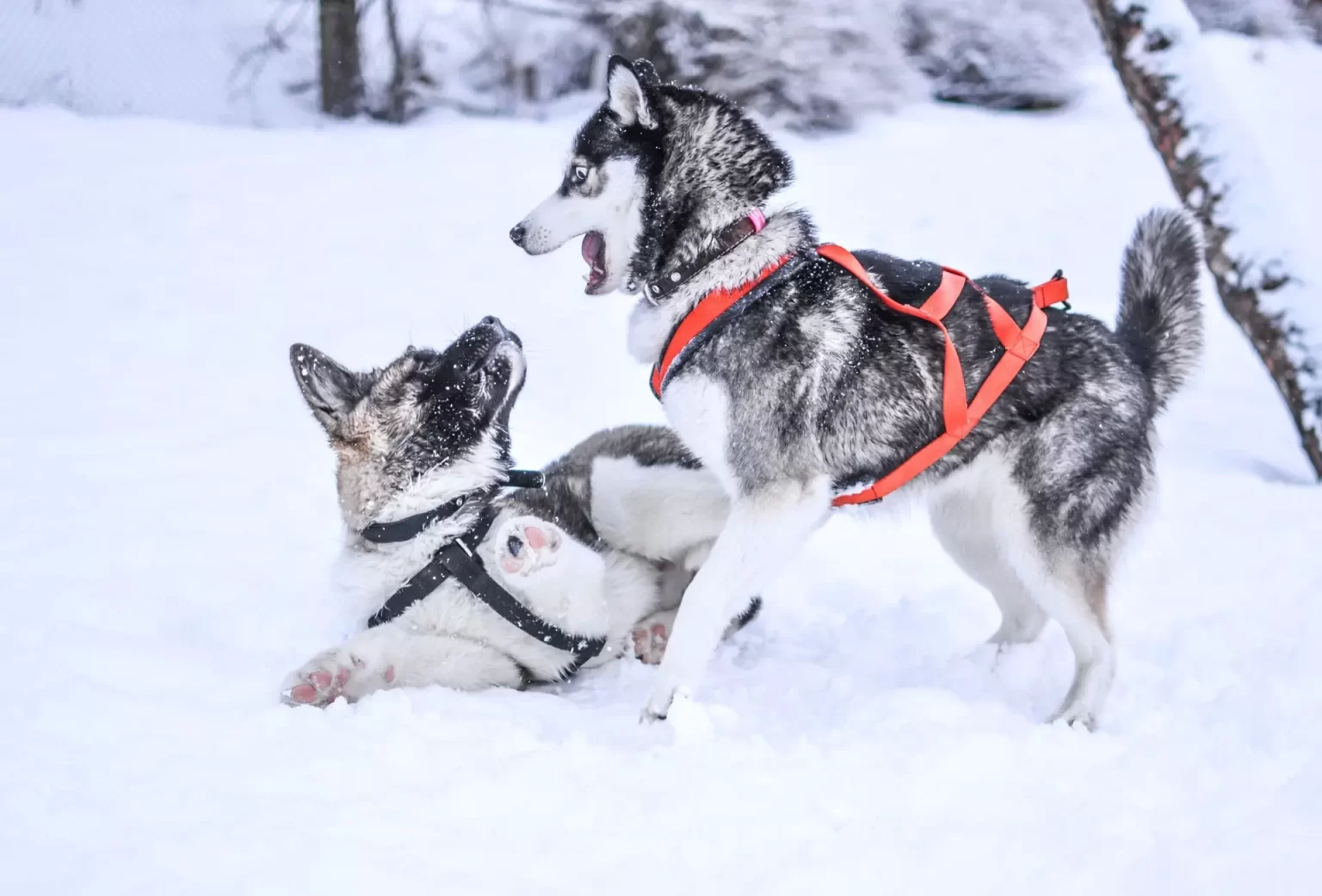Cold in dogs: learning to detect and prevent it
Like any other animal, dogs get cold if weather conditions are too extreme for their ability to withstand. In addition, dogs are an incredibly diverse species, and although they are descended from wolves and very well adapted to the cold, nowadays there are breeds with almost no fur, which is the main layer of protection against low temperatures and other external elements.
In this sense, it is extremely important to know the different variables that come into play when it comes to determining whether the cold is starting to become intolerant for your dog. The good news is that in these cases your pet will show clear signs of being unable to tolerate a certain temperature.
Are dogs cold in winter?
During the winter months, dogs feel cold to a greater or lesser extent, depending on a number of variables, the three most important of which are the following:
- Environmental temperature: This is the most obvious factor of all and it affects animals just as much as humans. The more the ambient temperature drops, the colder your pet will feel.
- Hair Density: Nature has given a thicker coat to dogs that, generation after generation, have been born in cold environments. On the other hand, if your dog’s breed grew up in warm environments, he will likely have a very short coat and be more sensitive to the cold during the winter months.
- Body fat: Underneath the coat, on the skin, dogs have a layer of fat that also helps protect them from the cold. The layer acts as a heat shield because it traps body heat. The thicker this layer is, the less heat loss will be.
In addition, other more circumstantial variables, such as a cold, can make your dog feel colder than usual.
Signs that your dog is cold
To find out if dogs are cold at certain times of the year, and if they need help to cope more easily, pay attention to the following signs:
- Chills: This is a universal symptom, which occurs in virtually all mammals when they feel cold. Since movement generates heat, shivering is a natural defense mechanism against low temperatures.
- Cold ears: The animal’s torso is the area where the most heat is generated by the activity of the internal organs. Therefore, it is easier to recognize if the dog is getting too cold in areas such as the ears.
- Sitting down with creaking noises: Another clearly noticeable symptom is when the dog tries to lie down in corners curling up with its limbs and, in slightly more drastic cases, it can do so with slight creaking noises due to discomfort.
- Drowsiness: In the most extreme cases, it is impossible for dogs to fall asleep due to the intensity of the cold. If you notice that your dog curls up, squeaks, and cannot fall asleep, then he is too cold.
If several of these signs are present together, you must interpret that your dog is not only feeling cold but also suffering from it.
5 Tips to protect your dog from the cold
Regardless of the intensity of winter, there are several tips you can use to reduce the cold, you can apply just one or several of them:
1 Maintain a correct temperature at home
To prevent dogs from getting too cold. The most essential thing is to keep the place where they live properly warm. Just as it is beneficial for you to have a heating system in your home. It is also beneficial for your four-legged friend. In addition, of course, to providing a suitable resting place.
2 Hiking in winter? Yes, but with caution!
Canceling winter walks is not an option. Especially if your home doesn’t have enough space for your dog’s physical and recreational activity. But you must be careful not to leave it on the frozen ground for too long. As these animals can cool down quickly because the cold enters directly through their paws.
3 Watch your diet
Correct nutrition also helps to fight the cold. Better nourished dogs with ideal body fat ratios can more easily cope with low temperatures.
4 Take care of your fur
With better coat care, dogs can naturally withstand the cold more effectively, even outdoors, especially in heavily coated breeds. This advice is related to feeding, as it also provides nutrients to the animal’s scalp.
5 Get clothes for dogs
If you have very little fur, you can mitigate your dog’s cold with some artificial covering. In other words, clothing designed for these animals, such as jackets or sweaters. The purpose of this garment is to help maintain body heat.




